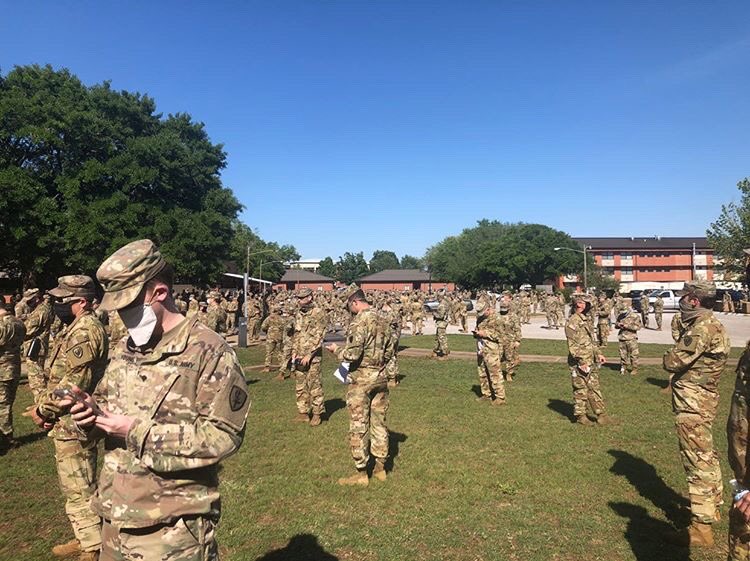

In the midst of the current global pandemic, where gatherings are discouraged and keeping six feet away from others is almost law, one has to wonder: What could be so important that more than 1,500 soldiers were made to stand in formation for several hours?
Obviously, the answer is a drug test.
Around 1,700 soldiers with the 1st Aviation Brigade at Fort Rucker had their urine tested on Tuesday, immediately raising eyebrows given the test’s apparent proximity to 4/20, a day that in some circles dedicated to the copious consumption of marijuana.
According to Zero Blog Thirty, the testing went well into the night.
https://twitter.com/ZeroBlog30/status/1252752780521091074
But Fort Rucker spokesman Jimmie Cummings, Jr. told Task & Purpose that while he saw some people speculating about the suspicious timing, it was “just a coincidence,” as they announced they’d be resuming flight training at the end of last week.
“This was a health & welfare check for the commander as they are resuming flight training after suspending it for two weeks due to COVID-19,” Cummings said. “The soldiers were required to wear masks and maintain six-foot social distancing procedures during this event. … This same unit conducted another 100 percent urinalysis back in January when flight students returned from two weeks of blocked leave, so this is a common practice, especially in the training environment.”
See? Definitely had nothing to do with the fact that maybe a few of these soldiers might have been partaking in some 4/20 festivities.
This was totally separate from the possibility that some folks may have spent a little time with ‘ol Mary Jane.
Not at all related.
Seriously.